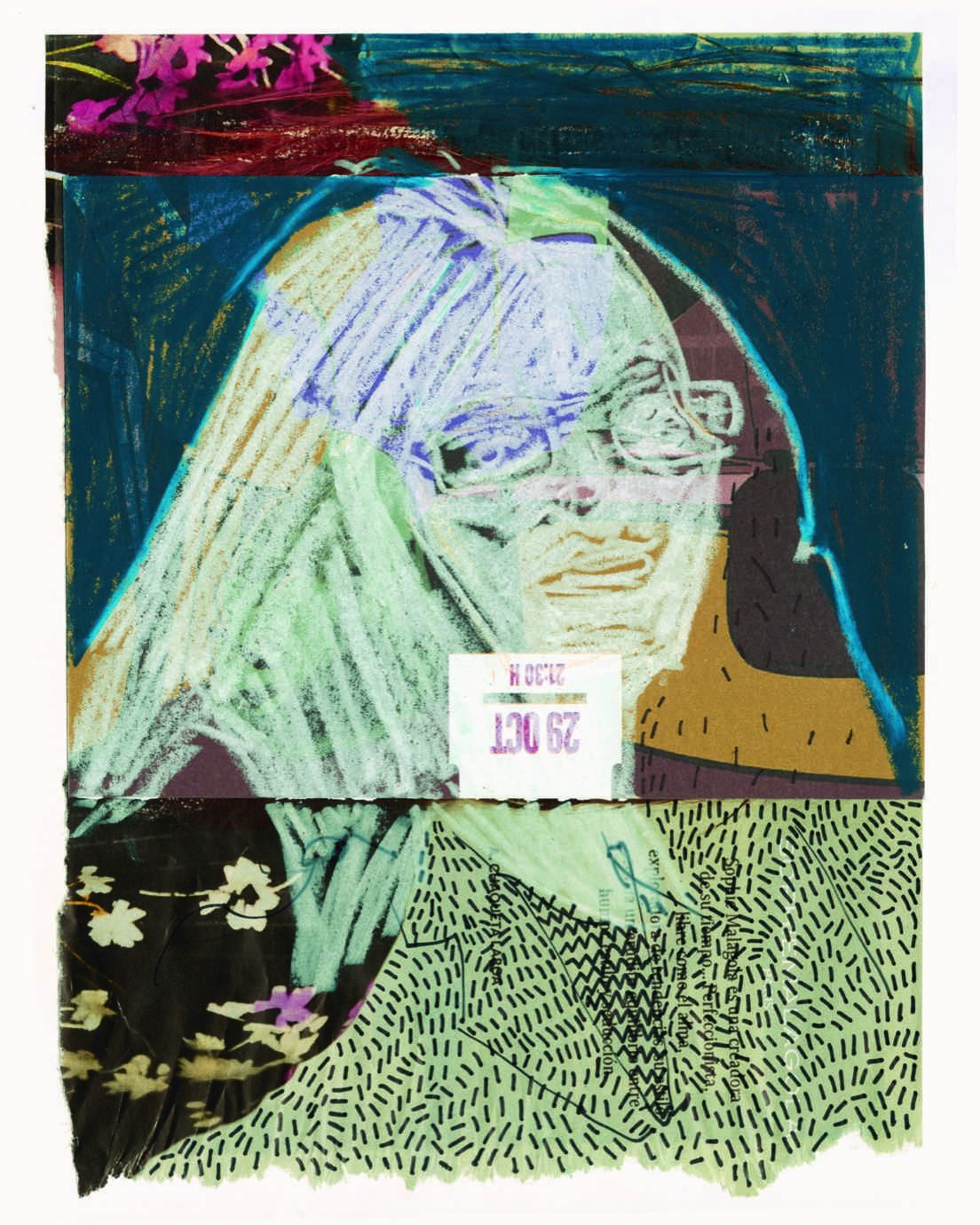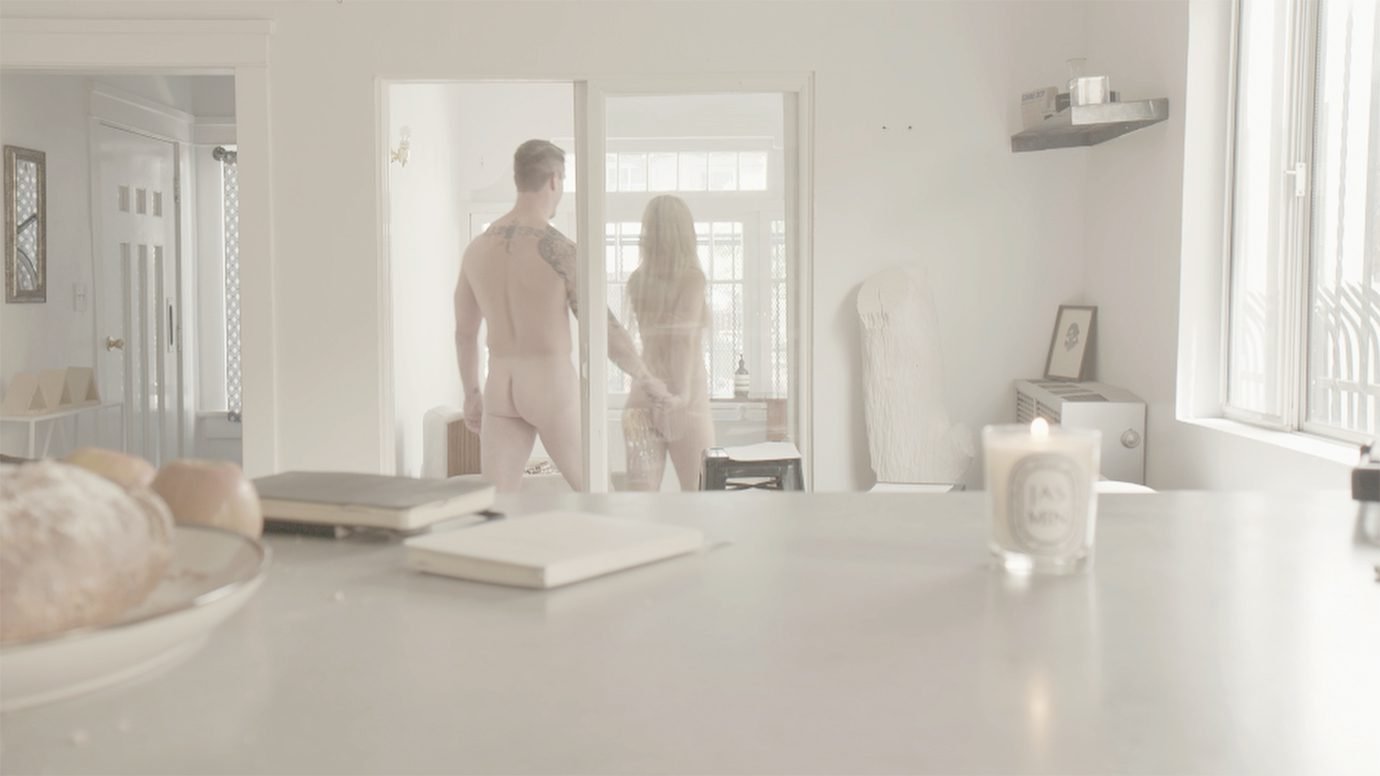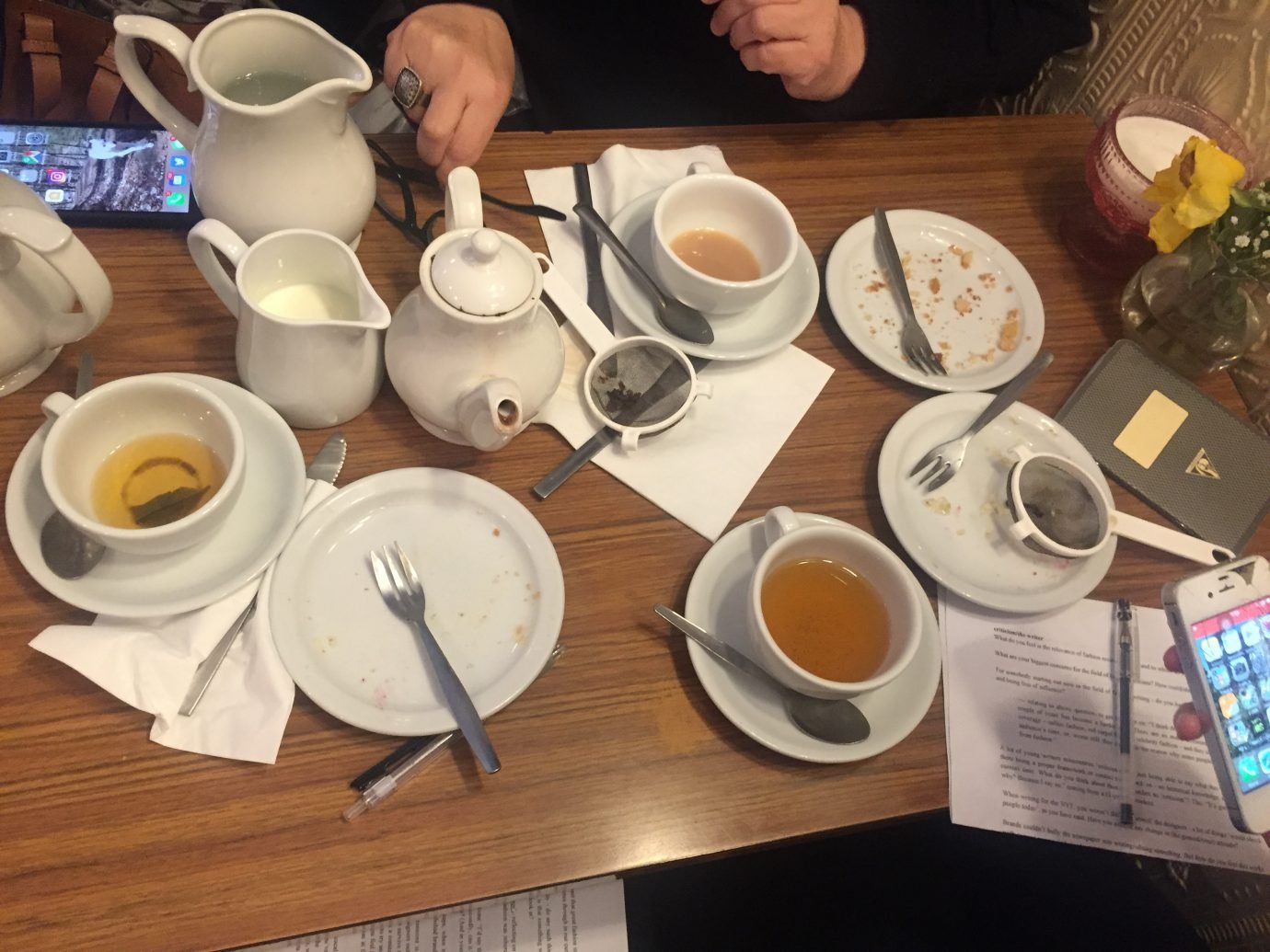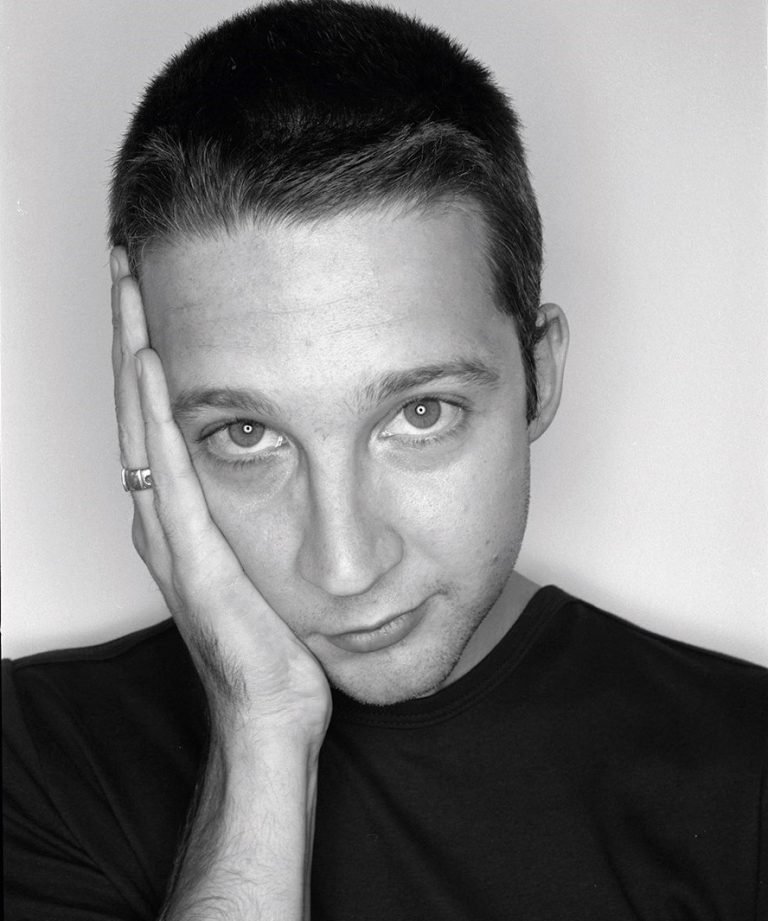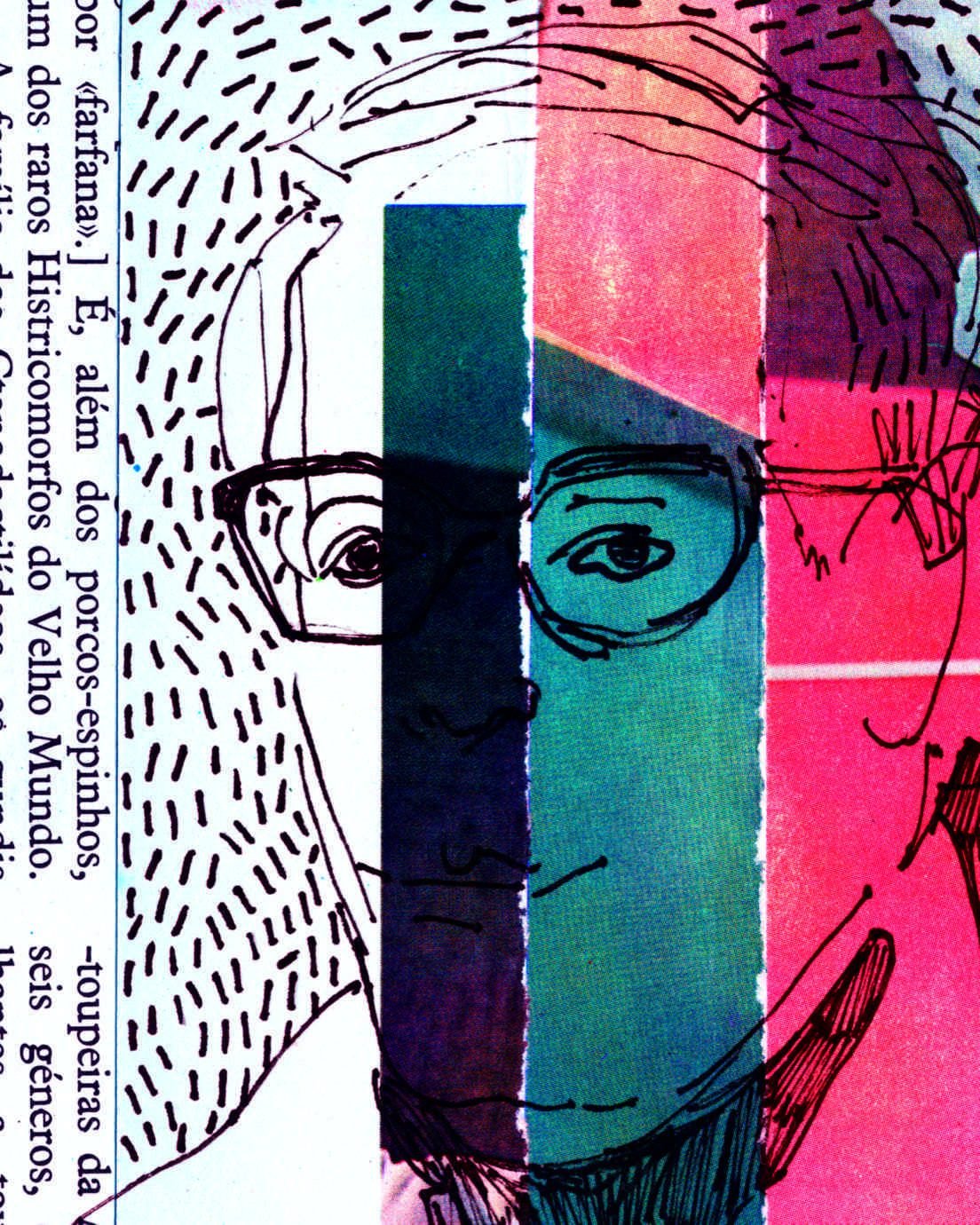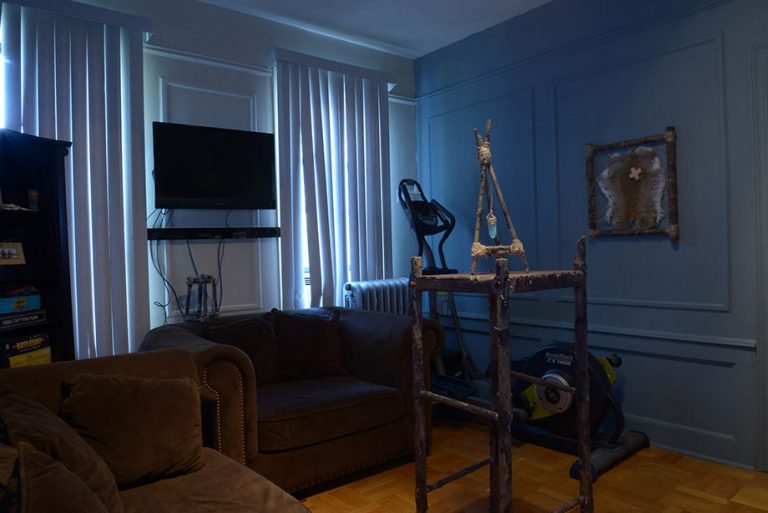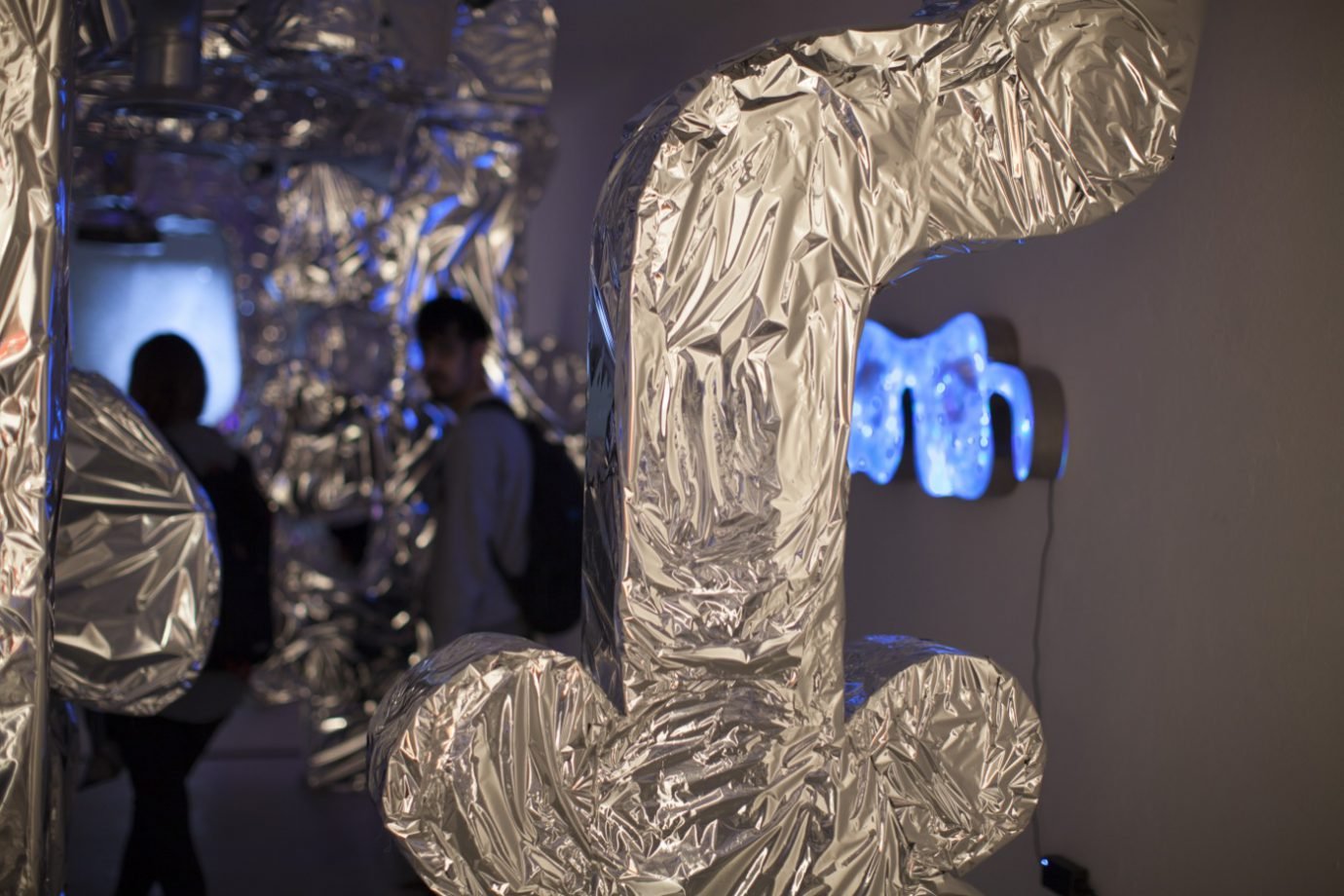It’s been 25 years now since Frieze magazine was inaugurated. During its launch, there were very few art magazines that focused on contemporary art, especially on an international scale. I often find that when a ‘platform’ is established focusing on something that is underrepresented during the time, people are often hesitant to be critical. What were some of your and Matthew’s intentions when establishing the magazine?
What do you think you mean by ‘critical’?
I mean that in terms of the magazine’s writing, was it more journalistic? Or had you intended for it to be critical – questioning and analysing contemporary art?
I just wanted to be sure that our understanding of the term is the same.
I don’t know if you had a look around at the magazines of the late eighties and early nineties, but they were pretty jargon-heavy. Quite cumbersome writing in a lot of places. There were these little wonderful lightning bolts of fantastic, independent, sort of short run, quasi-zines that bottled up. Some of them quite playful, very local – there were wonderful things coming out of London. If you grew up in London during the eighties reading magazines such as Style, which was well-written in itself, it was still very different from the more well-known art magazines which at the time, for us, were Art Monthly and Art Forum.
Modern Painter?
Yeah, and also Artscribe, which stopped printing in 1992.
There wasn’t really anywhere at the time where you would find fluid, coherent writing about contemporary art. We definitely felt that we wanted to go out and learn about art. It was really hard to find something that was intelligible, actually. It wasn’t about trying to look at art and be negative – in that interpretation of criticism – and it wasn’t that we wanted to delve into academia. We felt that with complicated ideas, you don’t need to dumb them down – you just have to explain them clearly. I think that’s what was interesting to us: good writing about contemporary art.
“IT CAN BE VERY OFF PUTTING WHEN ART IS DIDACTIC OR OPAQUE, AND IN MANY INSTANCES, IT PROBABLY ISN’T VERY GOOD ART.”
You studied Politics, Philosophy and Economics. Meeting individuals who, like you, didn’t come from an arts educational background, my general experience has been that they tend to dismiss contemporary art because they find it rather abstract.
I think it’s okay for art to be obtuse. It’s not that the simplest things in the world are the best things; you put a bit more in, you might get a bit more out.
It doesn’t mean that if something is beautiful, that somebody can’t enjoy it, they just enjoy it in different ways. It can be very off putting when art is didactic or opaque, and in many instances, it probably isn’t very good art if that’s the case.
I’m interested to hear about whether you think there has been a shift in the magazine’s direction since the launch of the fair in 2003. How do the two work side by side?
From an editorial perspective, I wouldn’t say there was. When we launched an art fair, it was very important to have a Chinese wall between them. They were actually separate companies. I had no idea whether the fair was gonna be successful or not, and that was the real concern. You don’t want it to be a financial liability. In fact, you don’t want it to be any form of liability on what we were already doing, with the magazine that we had been publishing for over ten years. That was our heart and soul. It was important to us that it would continue. It was quite a deliberate thing that we stepped back from editorial commissioning after we started working on the fair, just so its editorials weren’t being pushed or pulled by any demands of the fair.
Actually, if I was to look at it in a very hardnosed way, I’m not really sure the fair’s direction could have had an impact on the editorial voice of the magazine. The simple fact for that being: there is always an ongoing tension within any publication that is commercial where advertising is sold to fund the publication. That’s actually a much more overt potential problem to the magazine than the fair could have been.
We were bloody naive when we started the magazine and laid down absolute golden rules for that stuff. There was just no way a gallery could try and parlay advertising in an editorial. I don’t think we really understood the complexities of that; that the two [advertising and editorial] had to be separate from the beginning. We never actually had a problem with it in the history of the magazine, because it was set up from the get go that the two were separate from one another.
We never felt any conflict of interest from our side between the two, especially given how they’re structurally set up.
“A GOOD LESSON WOULD BE TO BE CLEAR ABOUT WHAT IT IS YOU WANT TO PUT OUT, AND WHY.”
Many people who start magazines are often very naive about the ins and outs of running one. What were some of the biggest hurdles you and Matthew faced in launching Frieze?
Well, we were able to do it in a gentle way because we were so young. [Laughs] When you’re in your very early 20s, the pressures of running a commercial business are not there, because you can take out 25 quid a week and live at home with your mum and dad. I don’t think we necessarily had a very conventional magazine publishing past. We had a huge amount of time to learn, with a lot of freedom, and didn’t have to run Frieze as a business for many, many years as there weren’t employees. We could get by from hand to mouth, selling advertising to pay for the printing of the magazine, getting fantastic deals from friends for the office space and computers. In a sense, what we were protected from, I would say, was running a business in the beginning.
It was only quite a number of years in – when you start professionalising – that you start facing challenges. Maybe that’s the thing for everyone now, because technology lowers the hurdles to entry. It makes it possible for a lot of people to learn on the job.
I don’t really remember challenges from the early days. I just remember it being interesting and enjoyable. What I think helped us was our acknowledgement that we didn’t know what we were doing. If we found people who were really brilliant at what they did, we just wanted to listen to them, and learn from them.
We wanted to do something of very high quality, and that hopefully gave it some kind of integrity from the get go. We were prepared to put in the hours, look at things, learn, be agile, set up a sort of vision for it right from the beginning that has continued to maintain itself. A good lesson would be to be clear about what it is you want to put out, and why.

